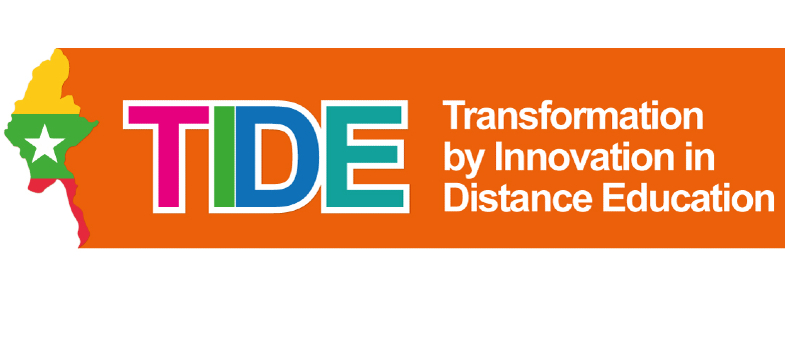Learner Activity Types Glossary
Special | A | B | C | D | E | F | G | H | I | J | K | L | M | N | O | P | Q | R | S | T | U | V | W | X | Y | Z | ALL
A |
|---|
AssessmentE.g. all forms of assessment, including a quiz, an assignment or an exam Examples include: Write, Present, Report, Demonstrate, Critique. | |
C |
|---|
CommunicationE.g. discussing learning with at least one other person (student or teacher) This will be achieved through dialogue, as students begin to take a position in relation to problems and debates, and internalise complex and interrelated concepts. Collaboration is a step further where students (and teachers) work together to produce some end product and through that process make new make new connections and develop a shared understanding of the topic. Examples include: Communicate, Debate, Discuss, Argue, Share, Report, Collaborate, Present, Describe, Question. | |
E |
|---|
ExperientialE.g. applying learning in a real-world setting This activity is most often found in work-based learning or practical science modules. Students are required to apply their skills, knowledge and understanding in a real-world setting. This does not include role play and simulated scenarios but could include a case study if it is taken from the student’s real-world setting. The key is that students receive real-life feedback on the activity e.g. from customers or clients, work colleagues or the environment and have an opportunity to reflect in context. Examples include: Practise, Apply, Mimic, Experience, Explore, Investigate, Perform, Engage. | |
F |
|---|
Finding and handling informationE.g. searching for and processing information Students are actively and critically engaged in gathering and manipulating information. These activities might include conducting research, extracting information from databases, analysing information, synthesising data and evaluation. Examples include: List, Analyse, Collate, Plot, Find, Discover, Access, Use, Gather, Order, Classify, Select, Assess, Manipulate. | |
I |
|---|
Interactive/adaptiveE.g. applying learning in a simulated setting ‘Interactive/adaptive’ does not relate to the technology but the student activity itself. Students apply their knowledge and skills in a simulated setting, receive immediate feedback and are then given the opportunity to adapt their approach. Activities falling into this category might include role play, problem-based scenarios, simulated case studies and simulated experiments. Examples include: Explore, Experiment, Trial, Improve, Model, Simulate. | |
P |
|---|
ProductiveE.g. actively constructing an artefact Here students apply their knowledge and skills together or alone in order to create a piece of work. This could be a list, a piece of narrative text which answers a question, a reflective account, a report, a video or a presentation etc. Because something concrete is produced, it can be reviewed, evaluated or assessed, and feedback can be received. It can also be used to support revision and further study.
Examples include: Create, Build, Make, Design, Construct, Contribute, Complete, Produce, Write, Draw, Refine, Compose, Synthesise, Remix. | |
For further information, take a look at our frequently asked questions which may give you the support you need.
If you have any concerns about anything on this site please get in contact with us here.
